DOOM 64
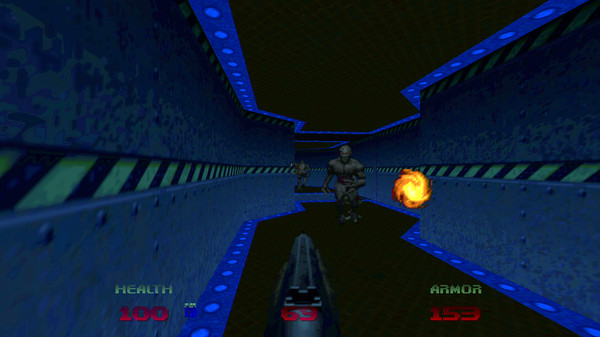

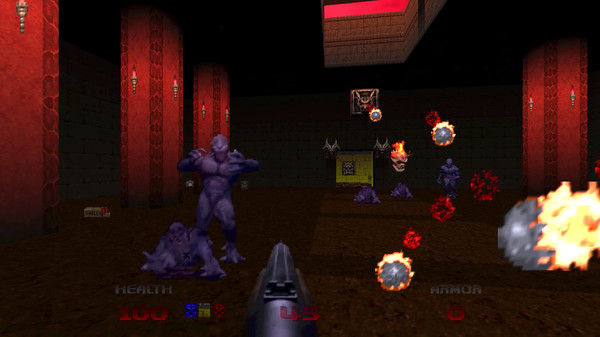
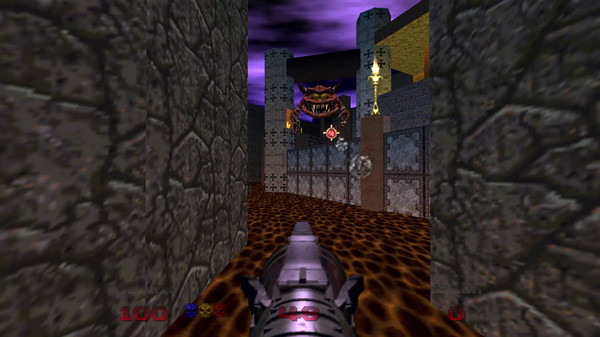
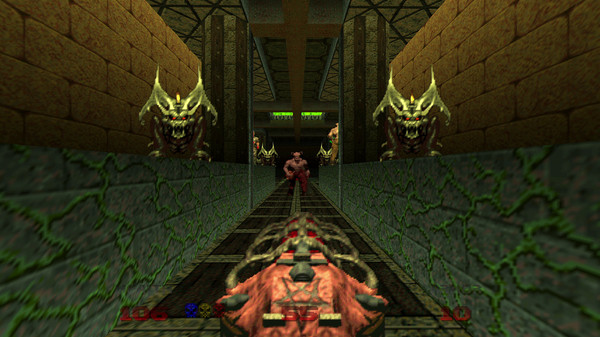
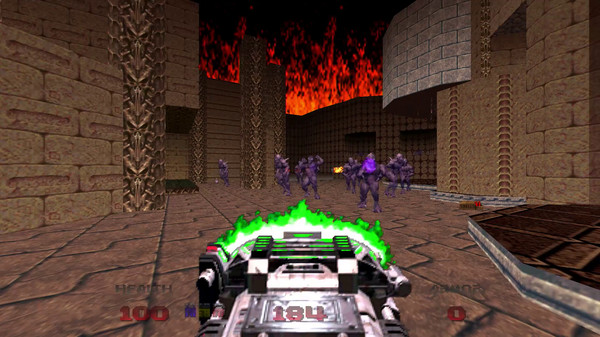

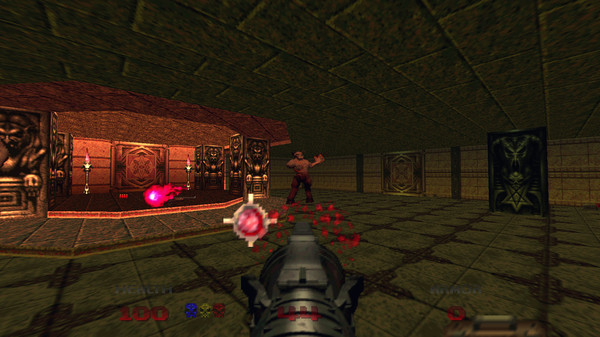
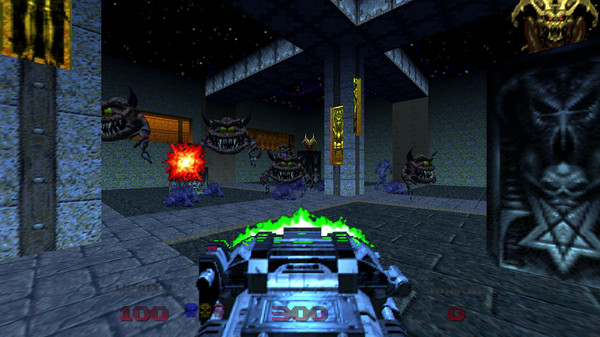
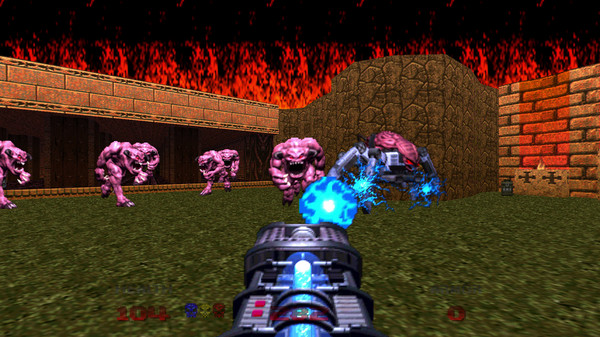

Minimum requirements
Minimum:- Requires a 64-bit processor and operating system
- OS: Windows 10
- Processor: Intel Core i5-750
- Memory: 8 GB RAM
- Graphics: R7 240 | GTX 660 | Intel HD 530
Single-player, Steam Achievements, Partial Controller Support, Steam Cloud
Action
19 Mar, 2020
Curator review
The unique Nintendo 64 Doom game has finally, surprisingly, made its way onto PC with an official Steam release – and it was worth the wait.
Full review
DOOM 64, the iconic action first-person shooter that originally graced the Nintendo 64 in 1997, has finally found its way onto PC and consoles as an enhanced version. Celebrating DOOM's 25th anniversary, this release brings all the demon-slaying goodness to modern platforms.
In DOOM 64, you'll find yourself returning to Mars after years of quarantine. The abandoned UAC research facilities have been forgotten until a mysterious signal suggests that a lone entity remains with the power to resurrect demons. As an experienced marine who fought Hell's forces before, it is up to you to embark on a lone crusade and stop this renewed demonic invasion from happening.
A Visual UpgradeThis enhanced version of DOOM 64 features upgraded visuals that make every bloody encounter look even more gruesome than before. The vivid details bring out the horror and intensity of each battle as you navigate through over thirty action-packed levels filled with demons thirsting for your blood.
A New Level of ControlGone are the days of clunky controls because this release takes full advantage of modern input devices. With improved mouse and keyboard controls along with gamepad/controller support, you can now play DOOM as it was meant to be played without any compromises.
Unleash Hell in WidescreenNo longer confined by narrow resolutions, this enhanced version offers widescreen resolution support for an immersive gaming experience. And coupled with native 60 FPS support, every movement is smooth as butter while delivering fast-paced gameplay that keeps your heart pounding throughout each level.
The Motherload Expansion PackIn addition to the original content from DOOM 64, players will also find a selection of "Lost Levels" that continue the intense and captivating story. With more demon-infested areas to explore and conquer, this expansion pack adds even more hours of heart-pounding gameplay.
In conclusion, DOOM 64's arrival on PC with an official Steam release was well worth the wait. This enhanced version not only brings upgraded visuals and improved controls but also additional content to satisfy fans hungry for more demon-slaying action. Strap in, grab your weapons, and get ready to take down the Mother of Demons once again!